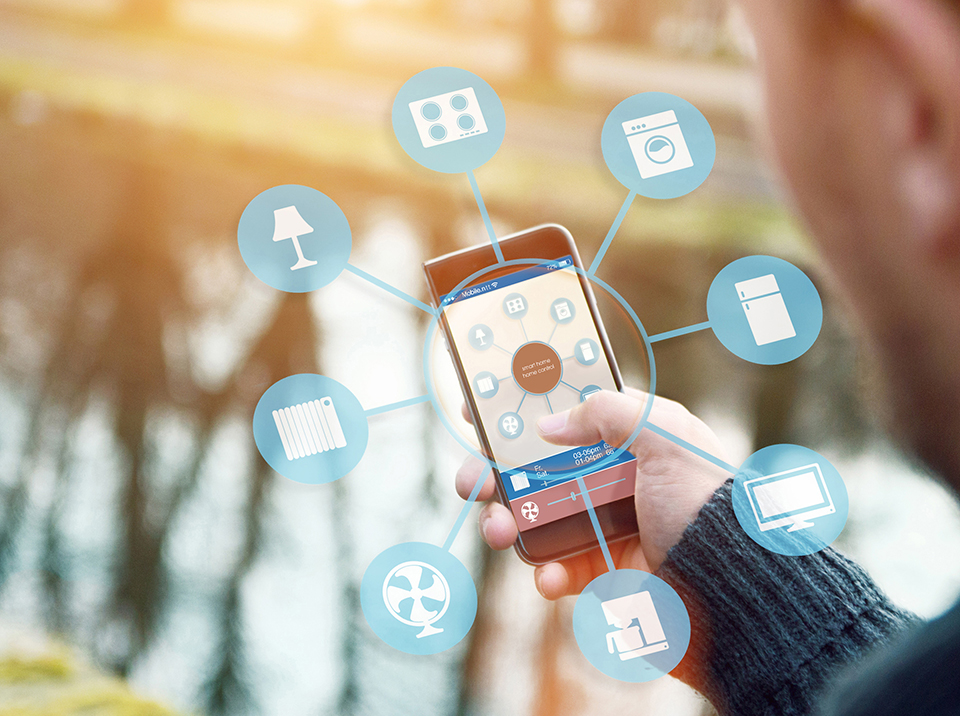More and more, we’re hearing people talk about the Internet of Things. What are these “things” that seem to be driving a new wave in our culture?
There are techie types who can explain IoT—because we need another acronym—in terms that resonate with all the clarity of that garbled voice at the drive-through. I thought it might be helpful to cover the basics of the Internet of Things.
What is IoT and why do I need it in my life and work?
Smartphones get smarter.
The IoT’s “things” comprise items with sensors or microchips that enable them to be managed remotely, by using a Broadband Internet connection. The chip is connected to an IP address so it can transmit the data. While computers used to rely on people to manually enter data, the IoT does it automatically. Learn more in our blog ‘IoT from A to Z: Your Guide to the Internet of Things.’
Technology companies are building sensors into an ever-expanding range of “things”, so you can control them by leveraging the massive reach of Wi-Fi.
- Close your garage door
- adjust the thermostat
- or start the coffee maker by tapping your ubiquitous smartphone
You download an app and suddenly you have a control panel for digital technology. Learn more about smart home IoT technology here in our two part 
The path to the IoT starts with the increasing availability of Wi-Fi. People no longer appreciate finding a hot spot in a restaurant, retail shop, or office. They expect nothing less.
Then we have the more affordable cost of technology. You can purchase a smartphone or tablet today for a fraction of what one used to cost—and with more cool stuff on it.
More access, more functions, and more affordability. We have a culture that is rabid about the next great techno-thing. Whether it’s a smartwatch that tracks your heart rate or a smart refrigerator that sends you a grocery list, we want more “things”.
Why is IoT important?
The Internet of Things is going to increase exponentially as more devices get smarter and more consumers get savvy.
Gartner predicts that, by 2020, the IoT market will be comprised of 20.8 billion things—up from 6.4 billion connected things in 2016.
Extra-sensory reception.
The “things” aren’t just devices though. People have become things. A person with a pacemaker transmits data to a caregiver. A biochip embedded in a hand can be used for making payments.
Cities are smart—well, at least as far as their technology goes.
In a smart city, the municipality’s information systems are connected:
- police department
- first responders
- hospitals
- schools
- utilities
- waste management
- public transportation
- and, of course, the government.
Data streams across the wireless network, enabling people in the city to get the services they need more quickly, and for the Powers That Be to have the data they need to serve the community.
All this data is expanding the IoT. We will have more information than ever before. Smart technology and the IoT will deliver the insight needed for people to live better lives—longer, healthier, and happier.
We just have to learn how to manage all that data.
The Internet of Things is far more complex from a technical standard. How this all happens is a mind marvel. But that’s for another discussion….